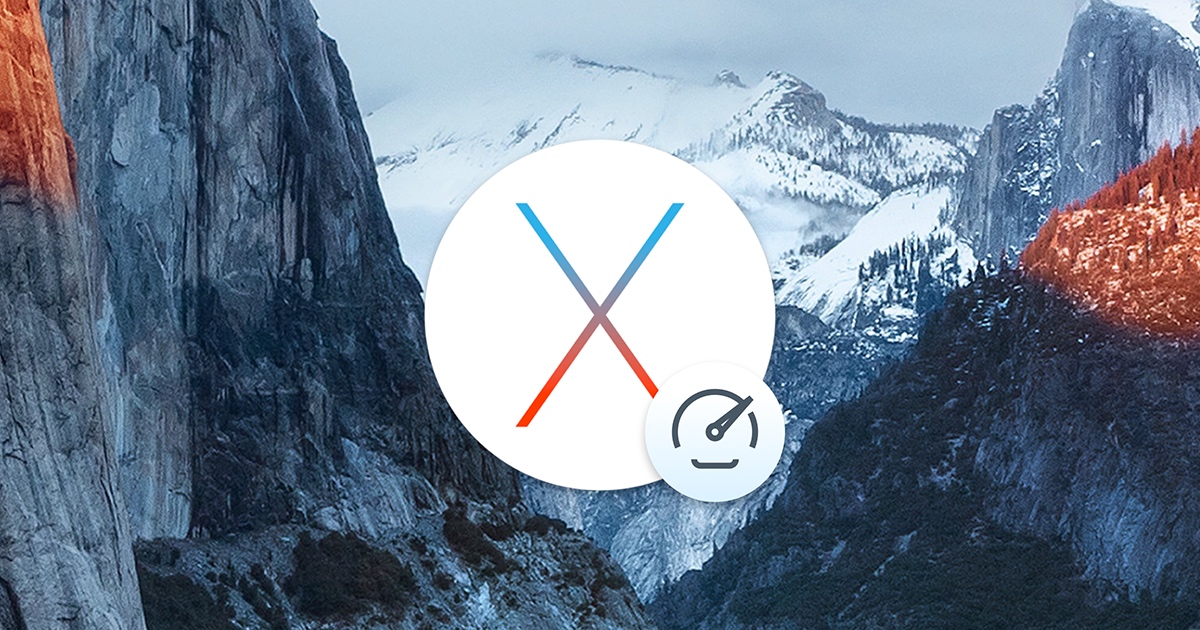

This will create a new clean filesystem, and the copying your data back over will automatically defragment it. Copy the data back over to the newly erased volume Erase the volume in Apple Disk Utiility You can use Disk Utility First Aid on that drive to ensure that it has no other issues (e.g. That was also true for HFS+ formatted drives. If you do need to defrag a Mac, manipulating it with a proper process would be essential.

Copy/backup all data off of the volume in question If the drive is mounted, then APFS will automatically defrag the drive, and there is nothing for you to do. If you have a separate drive or volume for media and you are experiencing performance issues (-9073, dropped frames, disk too slow) you may want to consider the following: This is important for the various OS X system file types such as journal, metadata, virtual memory, etc. The software has three main features, i.e. Some of these utilities will also perform optimization on the volume in question. DiskTools Pro: One of the best tools that can tell you how to defrag MacBook Pro is DiskTools Pro. If your system volume is having issues these may be the route to go. There are several defrag utilities available, iDefrag, Speedtools, DriveGenius, and others. Please Note: This tool only displays freespace/fragmentation status, it doesn't actually offer any repair functionality. To see a graphical map of your volume and its fragmentation status try the ShowVolumeFragmentation tool here: The Media typecolumn tells you if your computer is running SSD or HDD. Although OS X handles file fragmentation well, it doesn't deal with drive/volume fragmentation well - hence the numerous recommendations to keep free space at 20-30%.Īnd some official information from Apple regarding fragmentation: Enter Optimize, then select Defragment and Optimize Drives.


 0 kommentar(er)
0 kommentar(er)
